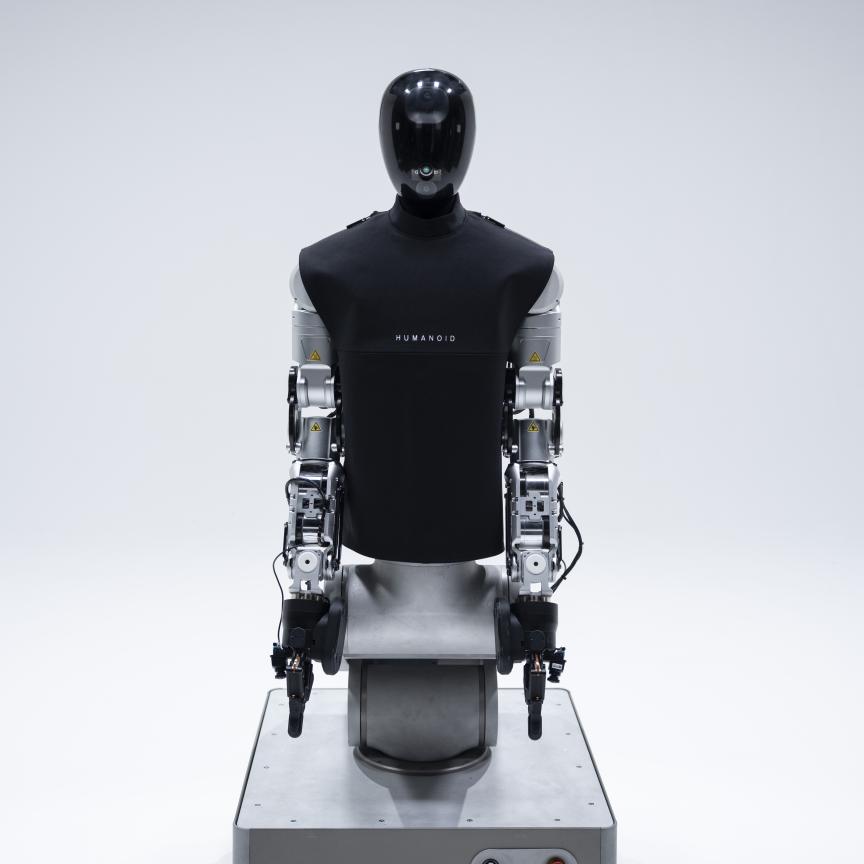NIT has partnered with the French National Research Agency, The Institute of Nano Sciences from CNRS-Sorbonne University, to develop HgTe nanocrystal focal plane arrays.
The Institute of Nano Sciences from CNRS-Sorbonne University is currently researching and producing quantum dot materials of HgTe, sensitive in the extended SWIR wavelength range. Through a partnership with NIT a first sensor-camera was produced showing impressive results.
This video presents the technology of QCD deposition with response up to 2µm on NIT ROIC’s, and sample results images in various conditions.
The technology is promising to design low-cost and small pixel pitch focal plane arrays, as well as to expand the spectral range of the SWIR camera up to 2.5µm.

